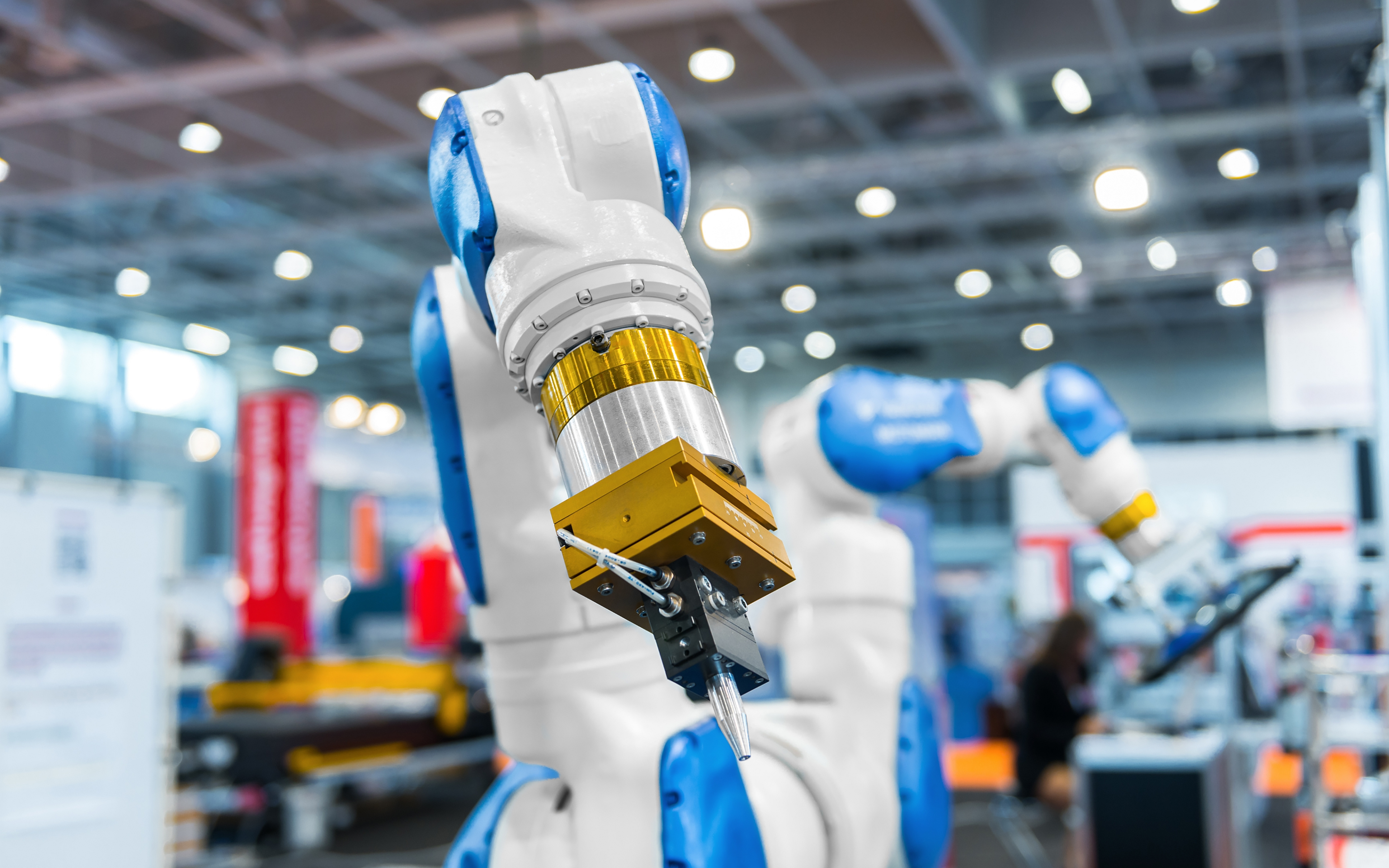Robotic process automation (RPA) is widely touted as an easy and affordable way to improve productivity without creating a lot of work for the IT department. Companies across industries have successfully tested using bots to automate everything from payroll processing to customer and employee onboarding.
Pilots have shown that bots, which can work 24/7 without a break, are capable of performing the work of as many as five full-time employees. Despite these successful tests, many companies are finding it difficult to replicate and sustain effective RPA results on a full production basis.
Protiviti addresses this challenge in a recently published white paper, which recommends three basic principles for success:
Be Strategic
Companies often employ RPA as a tactical solution, or “quick fix,” to bridge automation gaps and lighten the workload on repetitive tasks. That’s fine, as far as it goes, but automating a broken or inefficient process is like putting a bandage over a broken bone – it improves things a little bit but does nothing to address the fundamental problem.
For example, a robot may be capable of working 24/7, but it won’t be able to do that effectively unless the underlying subprocesses can be automated, and systems can be accessed around the clock. In many organizations the processes to be automated are not fully documented, not fully standardized and not consistently followed, making automation inefficient or difficult. The RPA deployment team needs to have a strategic mandate to map and redesign processes, as needed, with the backing of top management who accept that this approach may take longer but ultimately will be more sustainable and generate a greater return on investment.
Manage the Development and Delivery Risks
Change is never easy, but with adequate planning and foresight to anticipate development and delivery hurdles and mitigate those risks in advance, it can lead to a sustainable end result.
RPA implementation typically requires more process knowledge than technology training. While, on the one hand, this minimizes demand on IT resources, some IT departments might perceive this as a loss of control and raise roadblocks. IT people can be either powerful allies or powerful opposition. It is therefore a good idea to enlist their help early on in identifying automation opportunities and developing performance criteria.
IT cooperation is needed not only to grant robots user access and permissions but also to ensure that the organization’s infrastructure can handle the increased transactional volume created by large teams of robots working around the clock, and to make sure that this “always on” robotic workforce is factored into application rollouts, changes and decommissioning.
In a similar vein, it is reasonable to expect that employees who currently perform the tasks slated for automation will suffer anxiety that deploying RPA will result in layoffs. Unless these concerns are addressed, affected workers might seek to undermine their perceived robot rivals.
Companies should not begin an RPA pilot until they have thought through sustainability concerns, including the logistics of a full-scale rollout, employee training, and ongoing bot maintenance.
Manage the Operational Risks of Achieving the Values of RPA
Robots may be able to work longer and with fewer errors than their human counterparts, but they still need to be trained, scheduled and supervised. There are maintenance costs that need to be considered. And then there’s this: All those mundane, repetitive tasks that companies are handing off to robots have traditionally served in a dual capacity as training opportunities and as a proving ground for entry-level employees, instructing them in basic job skills and preparing them to fill more advanced strategic roles. As those training opportunities are eliminated, companies need to be sure to plan for alternative onboarding and training platforms.
Never underestimate the value of people. We’ve written many times here on The Protiviti Vew about the war for talent and the need to retain and retrain quality employees. In addition to the work they perform, people are culture keepers and repositories of institutional knowledge. It would be unfortunate to replace human employees only to discover, down the road, that critical process knowledge and skills have been lost. Rather than thinking in terms of headcount reduction, it is much better to think in terms of how those human resources can be redeployed in more strategic positions and how the process activities performed by bots don’t become so detached from other activities that no one understands the reasoning behind them.
RPA really can live up to the hype, but it is incumbent upon companies to effectively manage the transition from pilot to sustainable long-term solution by anticipating challenges and applying the principles discussed here. To learn more, download the Protiviti white paper, free, from our website.





